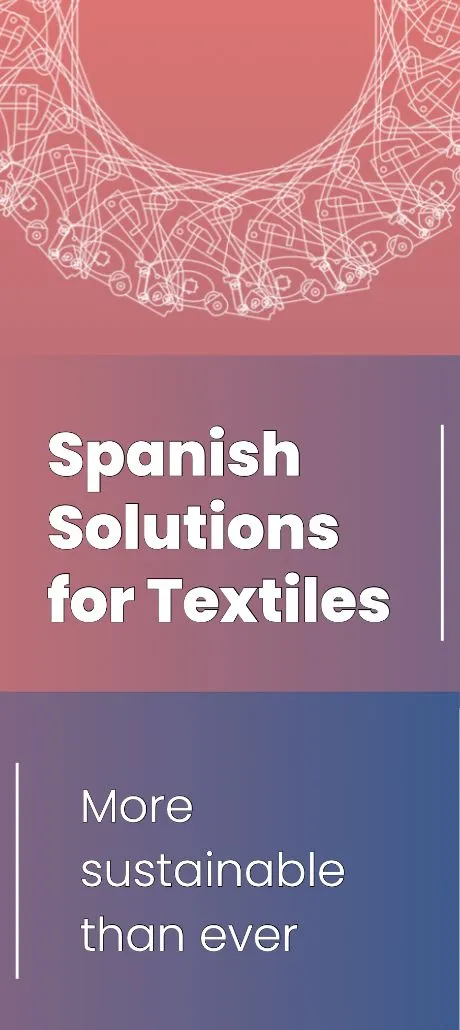Despite growing awareness of the environmental damage caused by fast fashion, global textile recycling rates remain dismally low, with only around 1% of discarded garments recycled back into textiles. However, a new study by the IVL Swedish Environmental Research Institute highlights that even a modest increase in textile-to-textile recycling could bring significant environmental benefits across the EU.
The researchers explored the potential outcomes of reaching a 10% textile-to-textile recycling rate by 2035, a target they describe as “conservative but ambitious” considering the current state of recycling systems. Using a Monte Carlo analysis, the team examined five key aspects of textile recycling’s environmental impact, including increased recycling, reduced landfilling and incineration, lower primary fibre use, and changes in energy outputs due to incineration reduction.
The results were encouraging:
- A 92% probability of reducing climate impact
- A nearly 100% chance of improving water scarcity
- An average CO₂ savings of 440,000 tonnes per year
- A 3% reduction in water depletion, equal to 8.8 billion m³ annually
Importantly, the research showed that while climate benefits were sensitive to variables such as the pace of EU energy decarbonisation, water-saving effects were far more stable. No scenario reduced the water benefits below 99% probability.
However, the study also stressed that for textile recycling to deliver on its promise, more efficient technologies and higher-quality recycled fibres are essential. Current recycling methods often “down-cycle” textiles into low-grade products like insulation. By contrast, true fibre-to-fibre recycling must replace virgin fibres, ideally supported by EU-level measures like taxes on primary materials or investment under the Circular Economy Action Plan and Energy Efficiency Directive.
Barriers remain, particularly around collection and sorting infrastructure, which vary widely between EU countries. From 2025, all EU Member States are mandated to establish separate textile waste collection streams, making this a critical window for systemic reform.
The European Commission’s vision, as laid out in the EU Strategy for Sustainable and Circular Textiles, calls for all textile products sold in the EU to be durable, repairable, and recyclable by 2030. Achieving even 10% fibre-to-fibre recycling by 2035 could mark a major step in that direction—if backed by policy, innovation, and industry alignment.






























